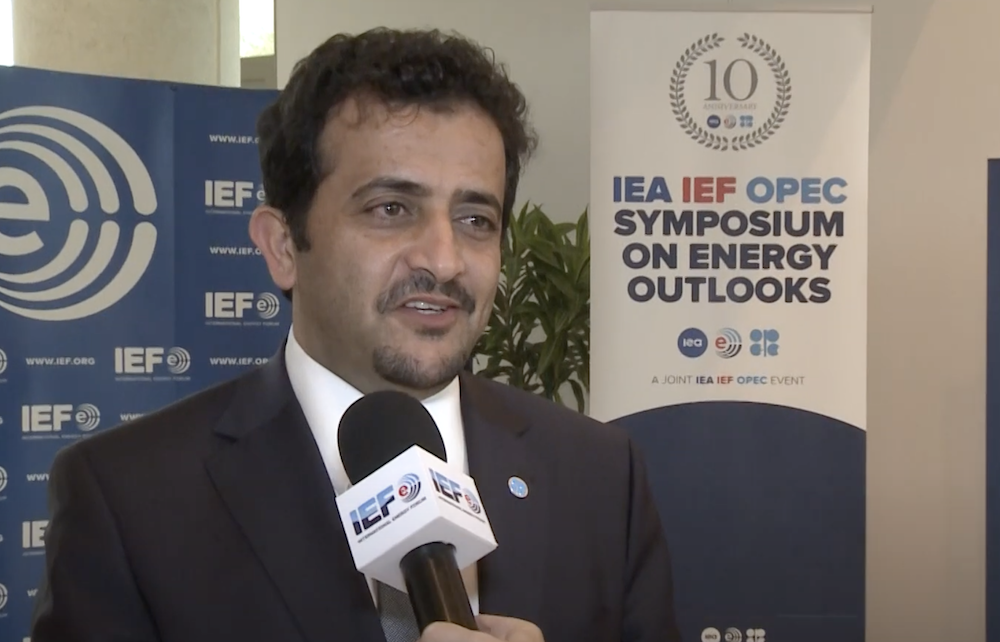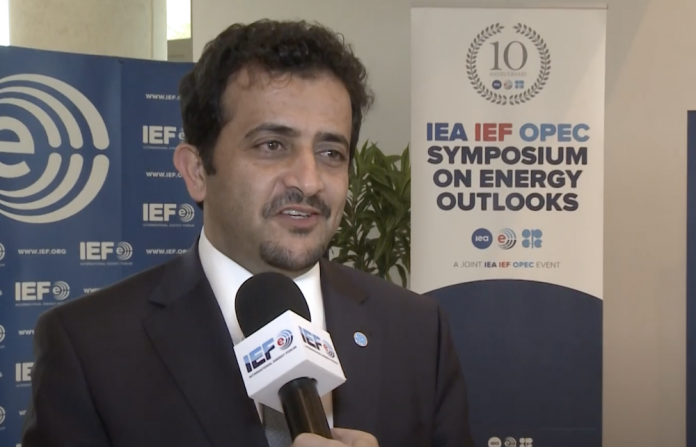BERN: The first session of Wednesday’s International Energy Forum symposium compared the energy outlooks of the International Energy Agency (IEA) and OPEC, delineating their assumptions of primary energy demand and supply over the next 24 years.
There were commonalities in terms of oil and gas still being an important part of primary energy demand, but where the two presentations differed was the magnitude of change and how fast the energy transition would impact all aspects of life across the globe.
OPEC’s head of research, Dr. Ayed Al-Qahtani, saw oil demand recovering over the next few years from the historic 10 percent drop last April. Demand would grow the fastest in countries such as India and China, whose gross domestic products were expected to grow by 7.5 percent and 7.4 percent, resulting in a global growth in oil demand of 5.8 million barrels per day (bpd) in 2021.
He was pleased with the OPEC+ production cuts resulting in a decline of the five-year average to 138 million bpd, compared to 267 million bpd around the middle of last year.
Al-Qahtani reiterated that all forms of energy would be needed over the next 25 years, with the share of renewables growing by 6 percent a year and the demand for natural gas growing by 21 million barrels of oil equivalent by 2045.
READ MORE: Oil producers must remain ‘extremely cautious’: Saudi energy minister
The starkest number mentioned by OPEC was the need for $12.6 trillion worth of investment into the oil sector required between 2019 and 2045, equating to an annual investment demand of $380 million per year.
The IEA was a lot more aggressive in terms of the scope and pace of energy transition between now and 2045. Its three scenarios pointed to a world of pre-pandemic recovery, a delayed recovery scenario and a sustainable development scenario and, in all of them, the absolute demand for coal and oil would decline and the share of renewables would grow commensurately.
The IEA’s director of the office for energy markets and security, Keisuke Sadamori, said the demand for electricity would grow by 4000 TW over the next 10 years to keep up with the electrification needs posed by energy transition.
He added that energy transition would require contributions from governments in terms of policies and investments, citizens in terms of behavior, as well as requiring a step change from finance in terms of boosting clean energy.
BP’s chief economist Spencer Dale said his scenarios all had the share of fossil fuels in the energy mix declining and the share of renewable sources of energy dramatically increasing.
He reiterated the role of electricity in energy transition and the investments required in all sources of energy in order to supply sufficient energy to a growing world population.

It is futile to guess OPEC+ moves, Saudi energy minister warns speculatorsSaudi Arabia’s crown prince, Russia’s Putin discuss OPEC+

